Lorem ipsum dolor sit amet, consectetur adipiscing elit. Morbi eu nulla vehicula, sagittis tortor id, fermentum nunc. Donec gravida mi a condimentum rutrum. Praesent aliquet pellentesque nisi.
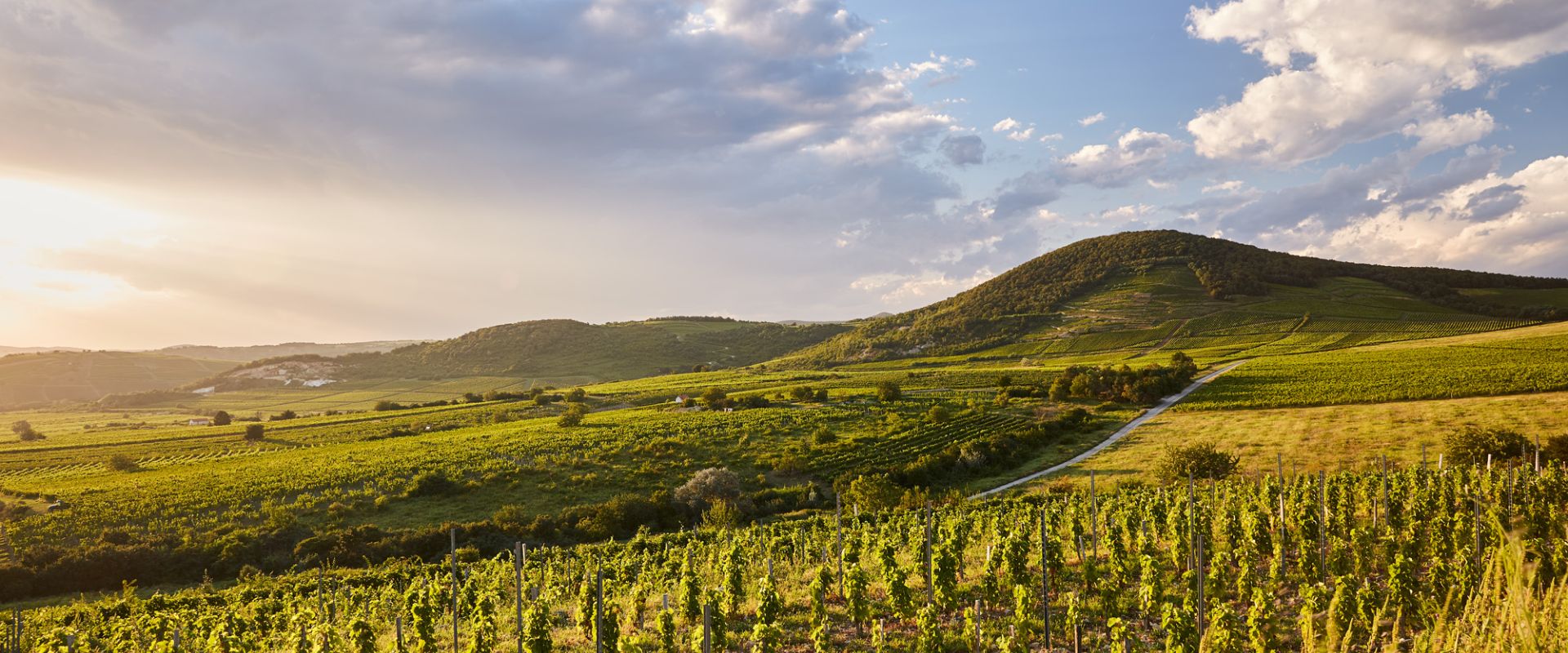
On your way from Szerencs to Mád, one of the most imposing and steepest vineyards on Király Hill is bound to catch the eye. It is the Öreg Király-dűlő, (Old King Vineyard) whose exceptional position and age-old terraces, built stone by stone over the centuries, make it stand out in the beautiful landscape. Vines were already cultivated in this land way back in the 13th century, and the grapes grown here were always of special quality but, as they did not satisfy the needs of quantity-driven grape production, this vineyard was abandoned after World War II, and was gradually reclaimed by the black locust forest.
Most of the area was purchased by the Barta family in 2003, and then began the replanting that continues to this day. The contrast of young vines lined between the several-hundred-year-old terraces is an interesting sight to behold. South-, southwest-facing, the Öreg Király-dűlő extends over 10 hectares. Barta Winery owns another 17-hectare south-, southwest-facing, mostly fallow, plot in the Kővágó Vineyard, 3.5 hectares of which was brought back to production in 2017. The vineyard soils are stony, volcanic rhyolite tufa with some zeolite and red clay. Some 80 per cent of the site is planted with Furmint clone T85 and the old small-bunch Madárkás Furmint clones, and the rest with Hárslevelű, Sárgamuskotály and Kövérszőlő. The number of vines per hectare varies between 10 000 and 5 800. No herbicides or systemic pesticides are used in the vineyard.
They strive to preserve, as much as possible, this exceptional vineyard for future generations. They use organic methods of cultivation and make their wines with as little interference as possible as well as maximum cleanliness. In line with this approach, they use spontaneous fermentation almost exclusively, trusting the natural yeasts found on the grapes and in the cellar to do their work. They would like their wines, mostly dry Furmint, Szamorodni and 6 puttonyos Aszú wines, to reflect the unique qualities of their exceptional piece of terroir. The soil, the aspect, the weather conditions in each vintage, as well as the character of those involved in making the wines are intended to be embodied in unique and unrepeatable wines.
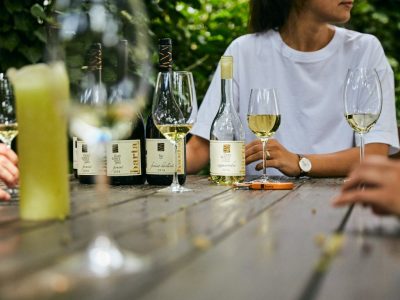
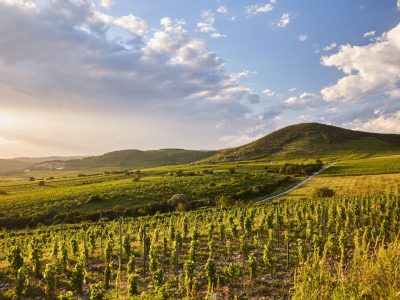
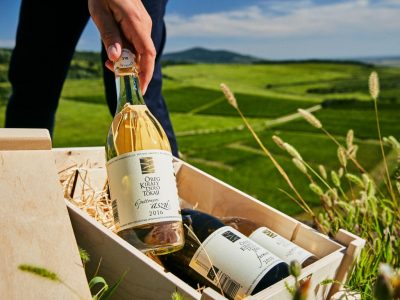
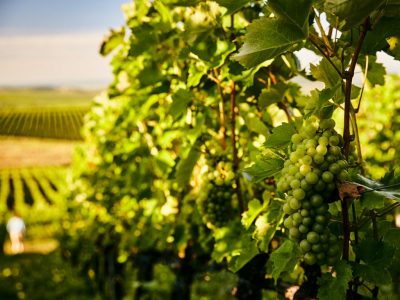
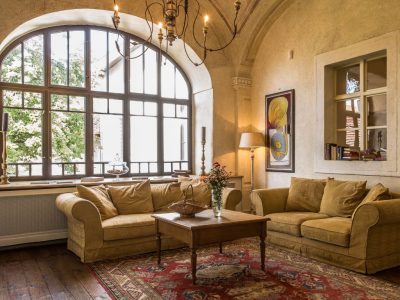

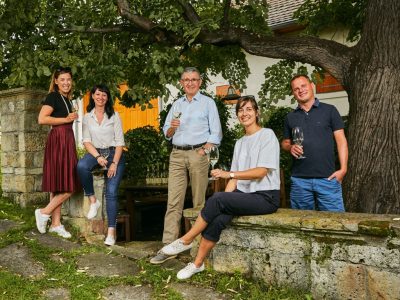
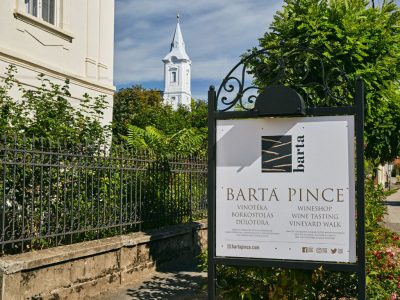
Accommodation:
Rákóczi-Aspremont Mansion: https://bartapince.com/en/accommodation/suites/
breakfast included
Barta Guest House: https://bartapince.com/en/accommodation/barta-guesthouse/
Webshop: https://bartapince.com/en/web-shop/
Wine tasting:
Winery tours and wine tastings start at 11 am and 5 pm on weekdays, and at 11 am, 2 pm and 5 pm on Saturdays (prior appointment required). A winery tour costs 6500 HUF per person with a tasting of 5 wines, or 8000 HUF per person with a tasting of 8 wines.